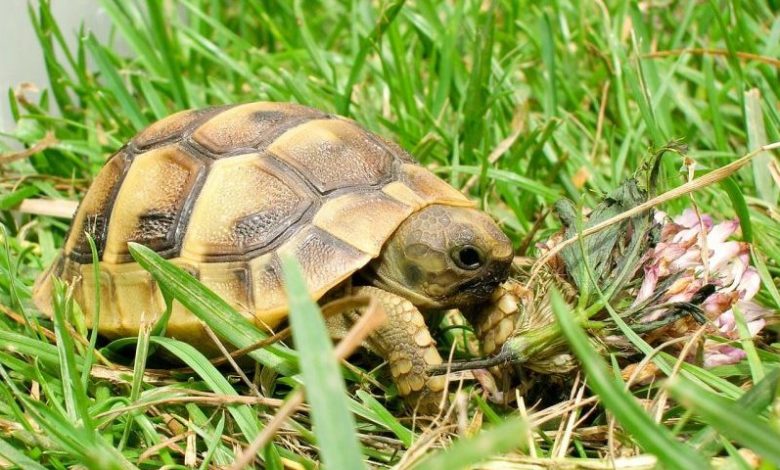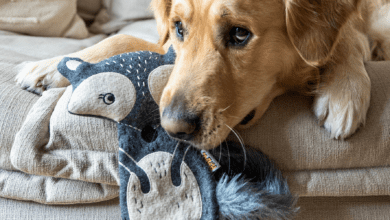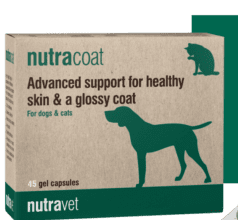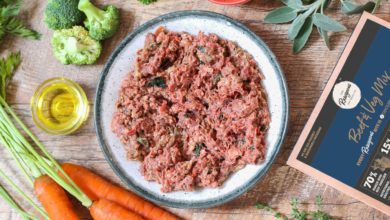Tortoises should not be left in a shoebox, say vets

Over half of vets saw tortoises with weight loss or anorexia following their last hibernation, reveal the latest figures from BVA who have teamed up with the specialist BVZS and BSAVA to make sure hibernating pets have a healthy rest this winter.
With modern advice having moved away from the traditional idea of placing a tortoise in a shoebox in the attic, many vets believed these health problems stemmed from the way the tortoise was hibernated.
British Veterinary Association president Gudrun Ravetz said: “We have a far greater knowledge now of a tortoise’s health and welfare needs, however it’s possible that those who have had tortoises for decades may not be aware of the new practices.
“We would always encourage tortoise owners to make sure their pet has regular health checks with their vet to ensure their pet is in good health and ensure they are equipped with the most up-to-date advice to prevent health problems as well.”
Although the weather is getting colder, vets advise owners to delay tortoise hibernation until November or December by keeping their pet warm using heat lamps to avoid an overlong hibernation that can result in depletion of energy stores, dehydration and accumulation of toxins.
The exact length of hibernation will vary depending on the tortoise’s life stage, health and size.
Young tortoises should not have their first hibernation until their second, third or fourth winter and then only for six weeks. Usually tortoises hibernate for up to a maximum of three months.
If your tortoise is very young or has health problems, hibernation should be avoided.
Not all tortoise species need to be hibernated.
Species that can be hibernated in the UK are Hermann’s tortoise, Mediterranean spur-thighed tortoises, Horsfield’s or Russian tortoises and marginated tortoises.
BVZS president Mark Stidworthy said: “Using a fridge to hibernate a tortoise may seem odd but can provide a safe and reliable hibernation chamber, avoiding some hazards of traditional methods, such as frostbite or rodent injury.
“It is essential to ensure that the refrigerator temperature is stable, correct for the species, and regularly monitored. Whichever method you use, hibernating your tortoise for too long is the greatest risk factor for post-hibernation problems.”
BSAVA vice president John Chitty said: “Tortoises are excellent pets, but it’s crucial to understand the environmental needs of your particular species, especially when it comes to hibernation.
“Veterinary surgeons and nurses have a greater understanding of exotic pets now thanks to an increase in education and resources, so do visit your practice for a health check prior to hibernation, where you can also get help in knowing how long to let your pet hibernate, the conditions it needs to stay well during those months, and how to encourage good health afterwards.”
For more information on the Voice of the Veterinary Profession survey visit www.bva.co.uk/voice.













